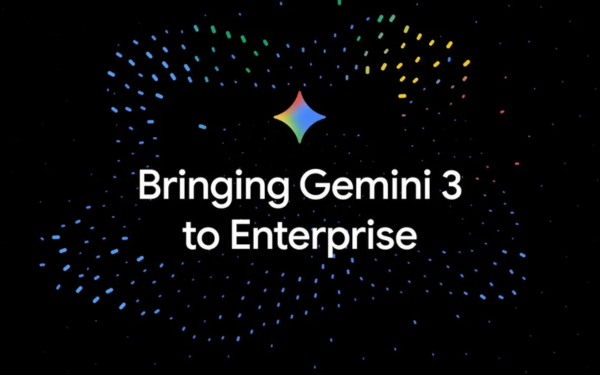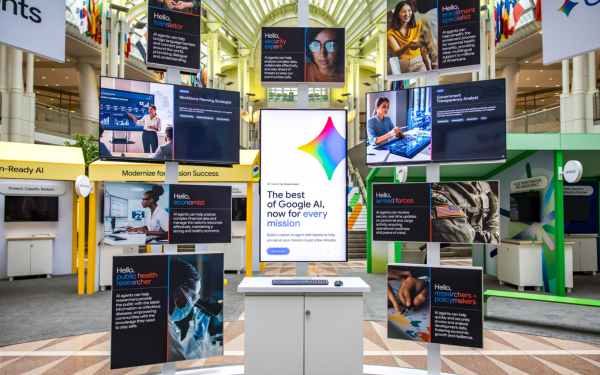Database migration to Google Cloud increases explosively in 2020
2020 has been a year unlike any other, and all its surprises have brought the technology platform to the fore. Businesses need their databases to be reliable, scalable, and always up and running. As a result, plans for system change are accelerated, fixed investment is increasingly unpopular, and transformational application development is accelerating. This was clear even in 2019, when cloud database management system (DBMS) revenue was $17 billion, up 54% from 2018, according to Gartner Predicts. Google will be eager to see what Gartner reports from 2020, but from Google's perspective, the growth of databases to the Cloud has accelerated significantly this year.
Google believes their data vision for openness and flexibility is reflected in this year's first DBMS Magic Quadrant. Gartner has designated Google Cloud as leading company in DBMS for 2020.
Google has also heard from customers across industries that this is the year they begin or accelerate their database modernization. To help them achieve their mission-critical goals, Google Cloud continues to launch new products and features. Here's what's new and notable this year.
New options, new flexibility have penetrated deep into the cloud database landscape
Database Migration Services Now Available for Cloud SQL
Database migration can be a challenge for businesses. Google gives customers a unique experience that's easy, secure, and reliable with the recent launch of Database Migration Service (DMS), provides the least system disruption, high reliability for MySQL and PostgreSQL workloads, and is designed to be truly cloud. Google Cloud Blog Announces Launch has more information and steps to get you started.
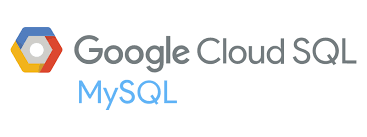
SQL Server, managed in the cloud
Large enterprises often tell Google how important the ability to migrate from SQL Server to Cloud SQL is to their larger goals of infrastructure modernization and multi-cloud strategy. Cloud SQL for SQL Server is now globally available to help you keep your SQL Server workloads up and running. Google's blog on the subject lists five steps to get started on the move, links to Full moving guide and helpful video for more details.
Bare Metal solution for Oracle database is available in 5 new Google Cloud regions
Solution Bare Metal enables businesses to run specialized workloads, such as Oracle databases in Google Cloud Regional Extensions, while reducing overall costs and reducing risks associated with migration. Last year, Google announced the availability of Bare Metal Solution in five more regions: Ashburn, Virginia; Frankfurt; London; Los Angeles, California; and Sydney. They have also launched four more locations this year: Amsterdam, São Paulo, Singapore and Tokyo.
Customers did great things with cloud databases in 2020
Google has seen some clear trends emerge during its move through the cloud. Google has seen customers follow what they are referring to as a three stage journey: migration, as they migrate large open source and commercial databases; modernization, including the move from legacy to open source databases; and transform, build next-generation applications, and open up new possibilities. Wherever you are on this journey, Google Cloud is focused on supporting you with services, best practices, and an ecosystem of tools to help you succeed.
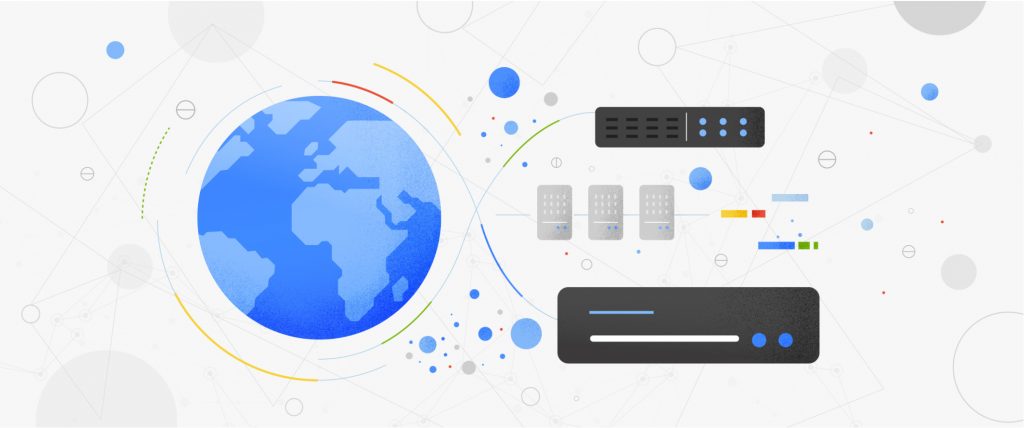
At the pharmaceutical and medical technology giant McKesson teams chose Cloud SQL to modernize their traditional environment. 3D printing and design company Makerbot shared how they structure Google Cloud's tightly integrated tools — including Google Kubernetes Engine (GKE), Pub/Sub and Cloud SQL — for a smart auto-scaling solution.
Google has heard from Bluecore, developer of a marketing platform for large retailers that deliver campaigns through predictive data modeling, on how they transition to a fully managed solution – Cloud SQL, which provides functionality Ability to create campaigns without slowing down a retail brand's website. Customers like Handshake, a provider of a platform that connects universities, has also chosen to switch to using Cloud SQL. Financial solution provider Freedom Financial Network moved from Rackspace to Cloud SQL to meet the growing demand.
And at Google Cloud Next '20: OnAir, Google heard ShareChat and The New York Times share the successes they've found using Google's cloud databases. Google also received information from the Academy Khan , which uses Cloud Firestore to help meet the growing demand for online learning.
Enterprise readiness for open source databases
In the event of a regional outage in Google Cloud, you want your applications and databases to quickly resume serving customers in another available region. This year, Google launched the cross-regional scaling of Cloud SQL, available for the MySQL and PostgreSQL database engines. Google Cloud Platform also worked closely with Cloud SQL customers facing business continuity challenges to simplify the experience, and a Google blog explaining how to get started and providing a look at how Major League Baseball uses cross-region replication data.
Besides, Cloud SQL added with a discounted rate of commitment as well as better maintenance controls, reports serverless and restore in point for Postgres.
This past fall, Google announced that Cloud SQL now supports MySQL 8. You now have access to many powerful new features for better productivity — such as instant DDL statements ( eg: ADD COLUMN), Atomic DDL, privileged collection using roles, functions window and extended JSON syntax. Check Full list of new features.
Cloud SQL Adds PostgreSQL 13
Google also added the service Cloud SQL for PostgreSQL 13, which gives you access to the latest PostgreSQL features while allowing Cloud SQL to handle the heavy lifting. Recent PostgreSQL 13 performance improvements across all tables include enhanced partitioning, increased indexing, as well as better scaling monitoring. Blog recent Google has more details, more features and instructions to get started.
Memorystore for Redis . performance measurement tool
A popular in-memory data store, Redis is used as a database, cache, and message middleware. Memorystore for Redis is Google Cloud's fully managed Redis service. Memorystore recently added support for Redis 5.0, as well as VPC service control, Redis Auth encryption, and TLS. You'll see how you can measure your performance Memorystore for Redis, as well as performance tuning best practices for memory management, query optimization, and more.
Cloud-native databases: reliable for enterprise workloads, better for developers
Google Cloud Spanner is the only managed relational database with unlimited scale, strong consistency, and 99,999% availability. (See more details about New features in Spanner.) In 2020, Google announced useful new features for businesses on Spanner, including the general availability of managed backup and restore and 9 new cross-regions of Spanner provides 99,999% availability. Spanner also introduces support for new SQL capabilities, including query optimizer versioning, foreign keys, constraint checking, and generated columns. In addition, Spanner introduced a C++ client library for C++ application developers and the Local Simulator Emulator allows you to develop and test your applications using a local emulator, which reduces application development costs.
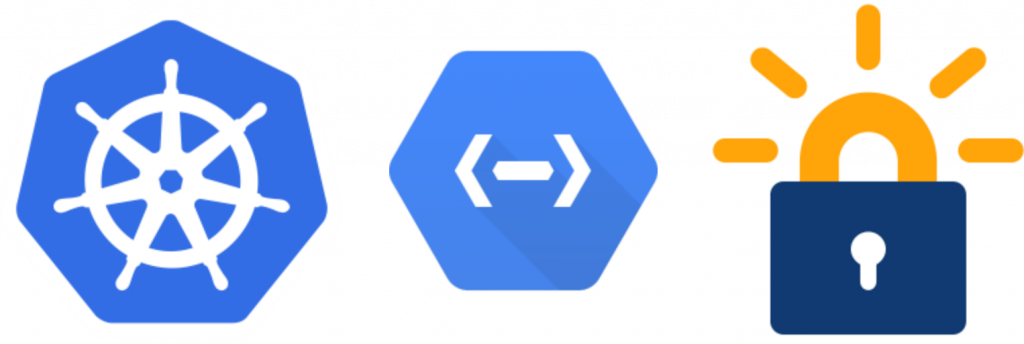
Bigtable, Google's fully managed NoSQL database service, now provides managed backups for business continuity and allows users to add data protection to the block workload with minimal administrative costs. Bigtable has extended support for workloads less, which allows you to create application instances with one or two nodes per cluster, down from the previous minimum of three nodes per cluster.
., which allows web and mobile developers to create apps easily, added new features like Rules Playground, allowing you to quickly test your updated Firebase Security rules. Firestore Unity SDK, added this year, makes it easy for game developers to adopt Firestore. In addition, Firestore introduced a C++ client library and provided a richer query language with a host of new operators, including not-in, array-contains, not-equal, less than, large than and other operators.
It is the result of five databases focussed. Stay tuned Blog of Google Cloud for updated announcements, new features, and best practices for 2021.
Source: Gimasys

